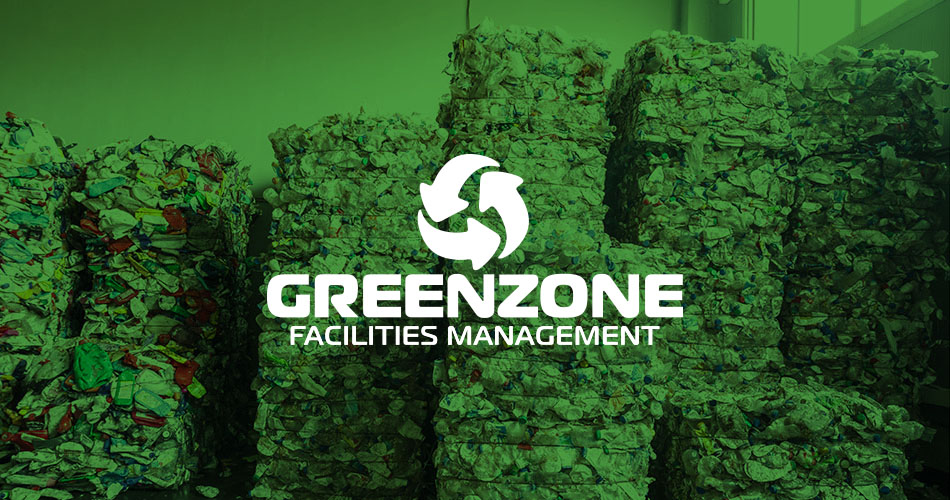So, recycling is a mess. Manufacturers have sold us on the idea that it’s the consumer’s responsibility to recycle the manufacturer’s product, ostensibly relieving the manufacturer of responsibility for all the trash their products generate. Meanwhile, despite many of us trying our best to uphold our end of the deal, recycling is complicated – and in the end, 91 percent of plastic, for example, is not recycled.
Given plastic’s nearly eternal durability, it’s little wonder that we’re finding it literally everywhere on the planet. And we keep making new plastic at a prodigious rate – National Geographic notes that “If present trends continue, by 2050, there will be 12 billion metric tons of plastic in landfills.”
As consumers we can stop consuming things made of and packaged in plastic, but manufacturers have to address the issue from the top – quite simply, the time has come.
Which brings us to Adidas.
Adidas is no stranger to sustainability innovations. In 2015, the company partnered with Parley for the Oceans to create shoes whose uppers were made entirely of yarns and filaments reclaimed and recycled from marine plastic waste and illegal deep-sea gillnets. This year, they will produce 11 million pairs of these wonderfully “trashy” shoes through intercepting plastic waste on beaches, remote islands and in coastal communities.
At the Futurecraft Loop event, Eric Liedtke, Executive Board Member at Adidas and head of Global Brands, said that an “army of innovators” had been working on the new shoe for more than six years – and described how much of a challenge it was. These are performance shoes, afterall, and have many parts that need to best serve the athlete/wearer.
Orginal Source

